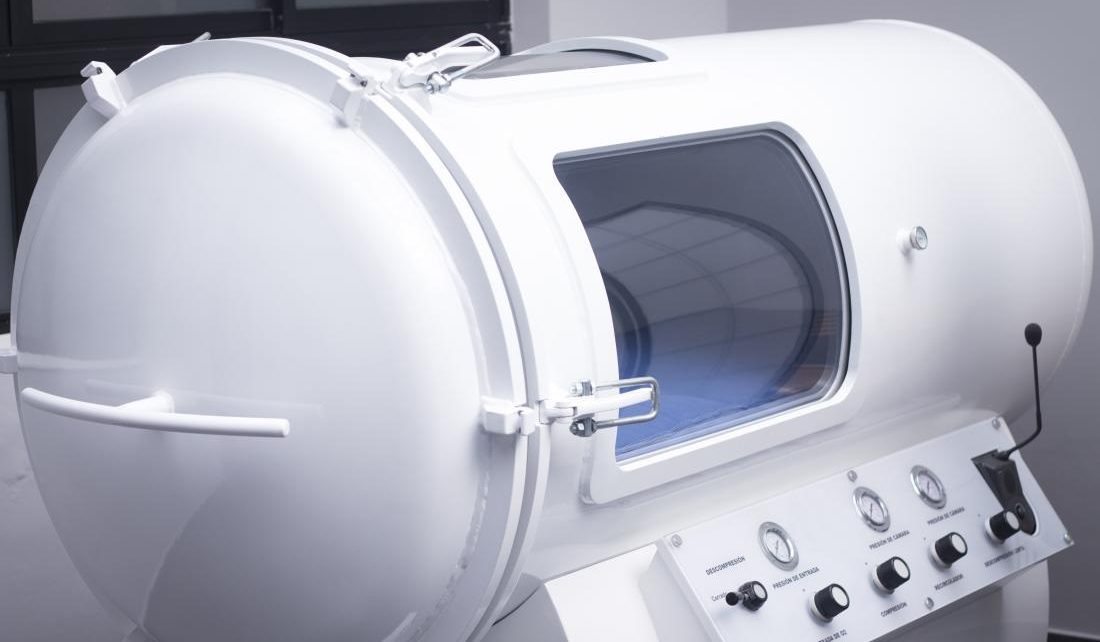A hyperbaric chamber is an enclosed and airtight chamber which allows you to breathe more oxygen than you normally would. In fact, the pressure inside the chamber is about three times the pressure that most of us are routinely exposed to, meaning that the lungs receive up to three times more oxygen than normal. The chamber itself may look like something from a science fiction movie, although its effectiveness isn’t in doubt and has been recognized by medical professionals for centuries. And although it’s often used to help divers to fight the harmful effects of decompression, it has several other beneficial uses too.
Oxygen flow throughout the body is of course essential to sustain life, and one of the biggest benefits of the chamber is that it’s able to increase oxygen flow through all the tissues in the body, even when the flow of blood is restricted. Using the chamber can also stimulate the growth of new blood vessels; even those areas with a blocked artery can experience better blood flow. And because the body’s white blood cells are enhanced, using the chamber can also help to minimize the risks of infection, and more effectively fight any infection present.
Divers who come up to the surface too quickly are in danger of getting the ‘bends’ or more accurately, decompression illness, caused by air bubbles forming in the body. As any professional diver knows, the condition can potentially be life threatening, and the use of the chamber allows for a slower and safer decompression. Although a hyperbaric chamber has been invaluable in helping many of the 1,000 divers who suffer from decompression illness each year, in recent years the technology has been increasingly used to treat various other illnesses and conditions. However, the science behind hyperbaric oxygen therapy (HBOT) is older than you might think; the earliest such chamber was actually developed in the 1600s.
Hyperbaric oxygen therapy has been approved by the FDA to treat the obstruction of an artery by air or gas, known as an embolism, as well as anemia caused by severe blood loss. HBOT can also be used to help those who have a sinus or brain infection, and the technique is also beneficial in treating carbon monoxide poisoning and burns due to fire or heat. Cancer treatment sometimes leads to injuries caused by radiation, and these injuries can heal faster when HBOT is used; even gas gangrene, hearing loss and wounds resulting from skin grafts can benefit from the use of the HBOT chamber. HBOT can also be used to treat wounds that don’t respond to other forms of treatment, and can reduce the chances of having to have a hand or foot amputated.
HBOT is typically an outpatient procedure, and the number of sessions needed are determined by your condition and specific illness or condition. A typical session inside the chamber lasts anywhere from 30 minutes to several hours. Most insurance companies recognize HBOT as a legitimate and effective form of treatment, and in most cases the costs are covered by Medicare.





